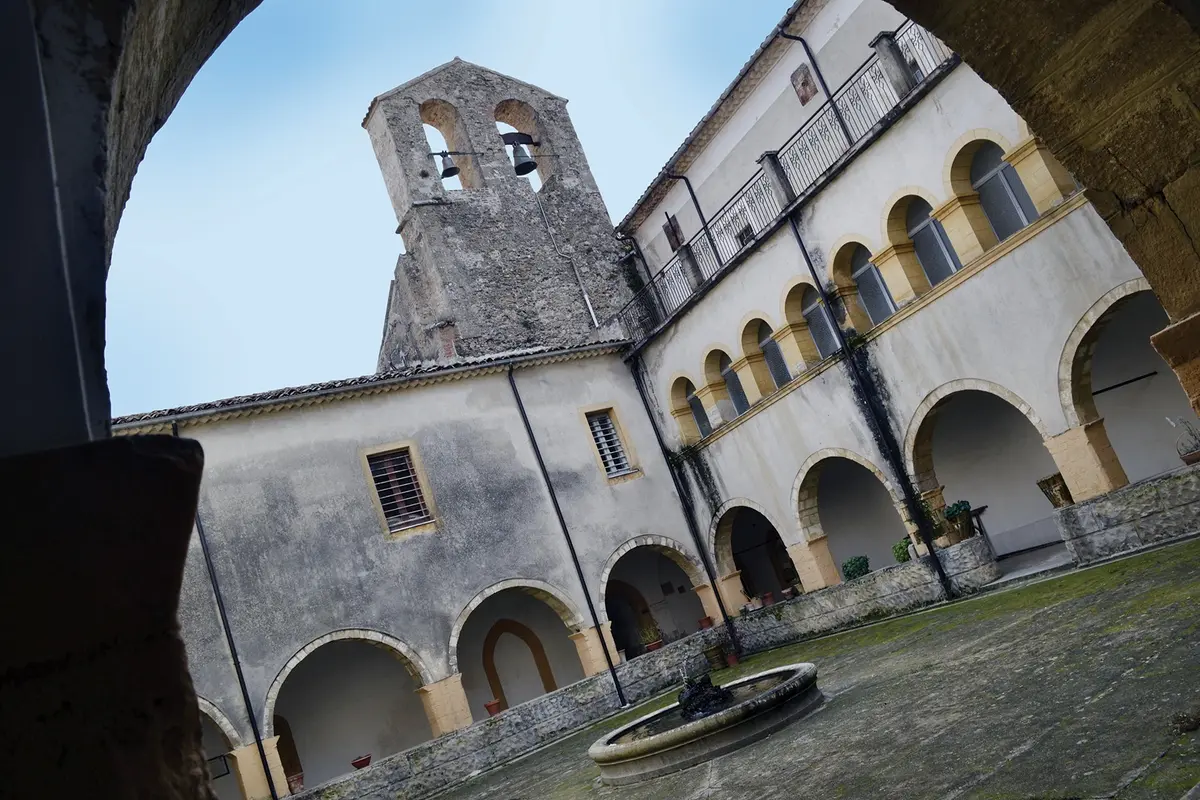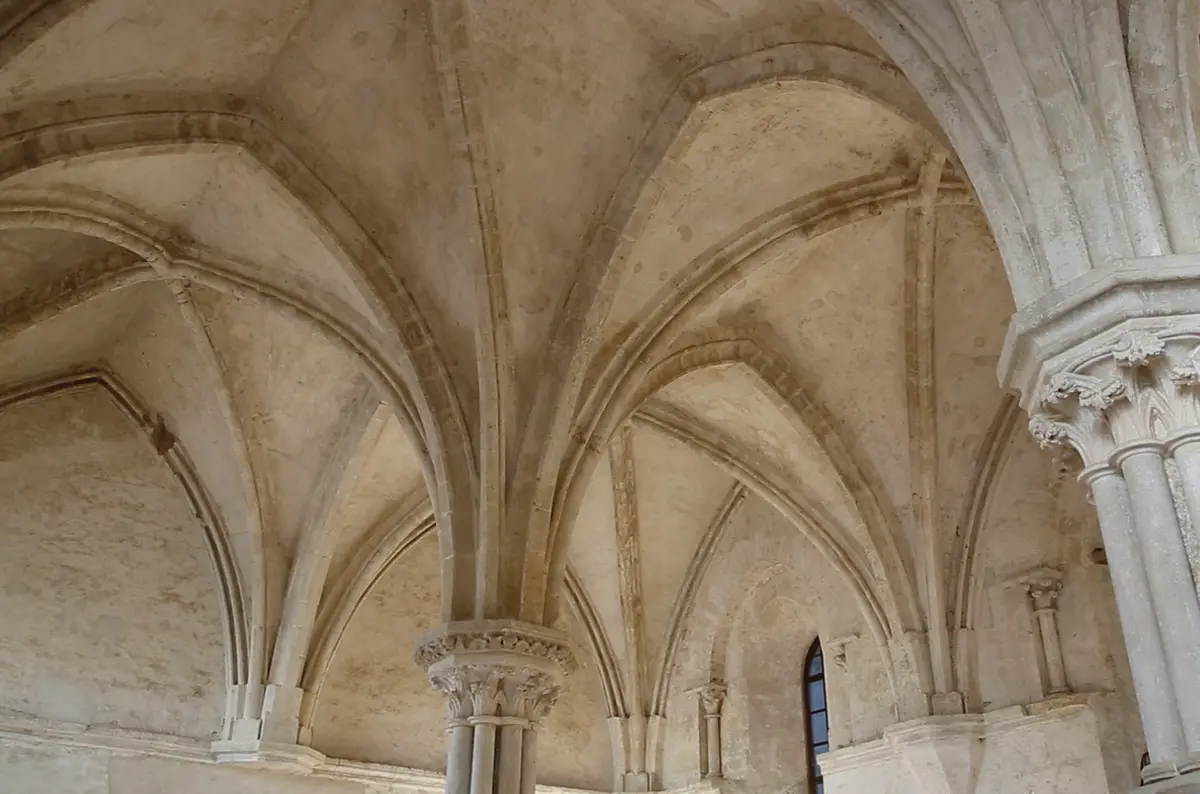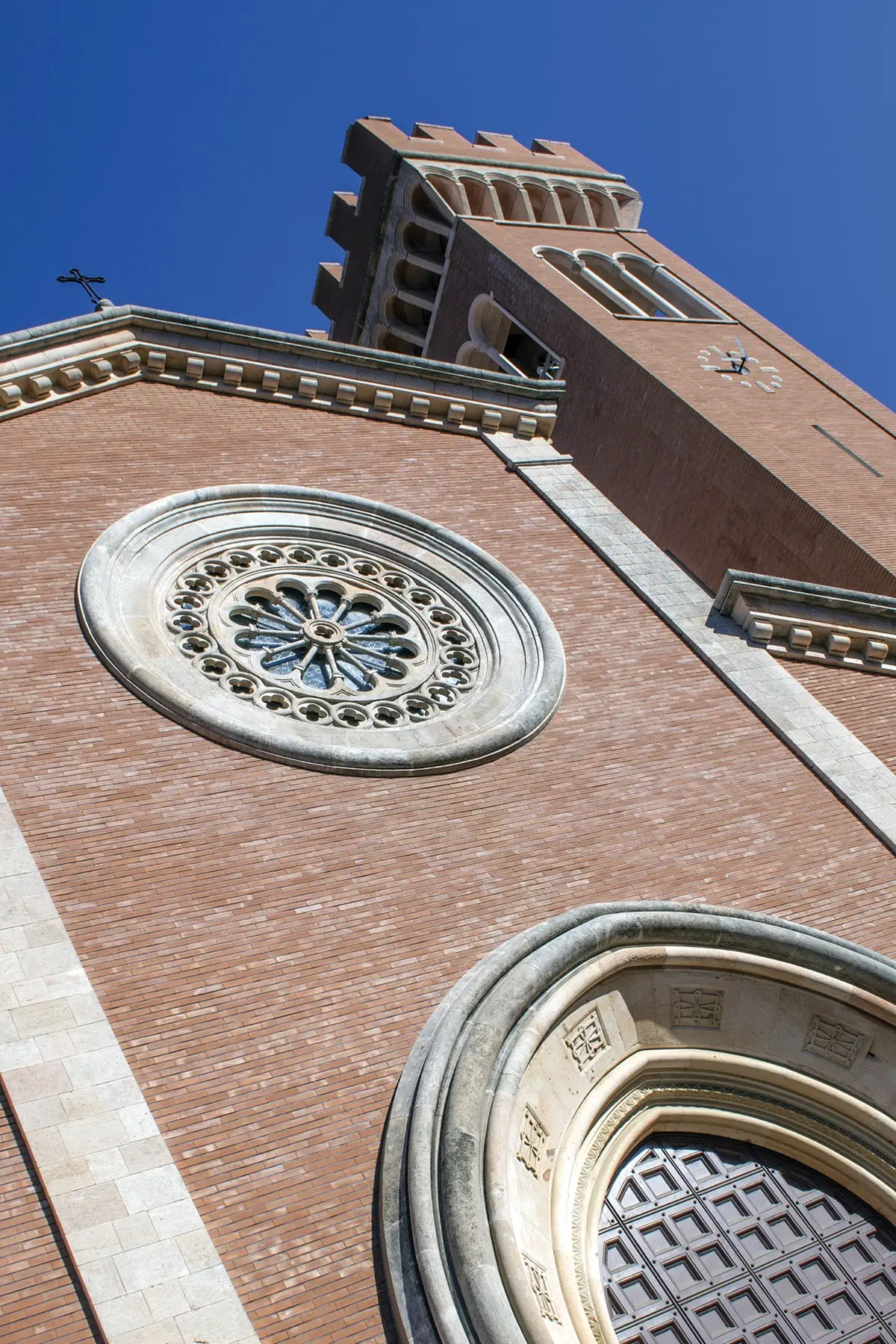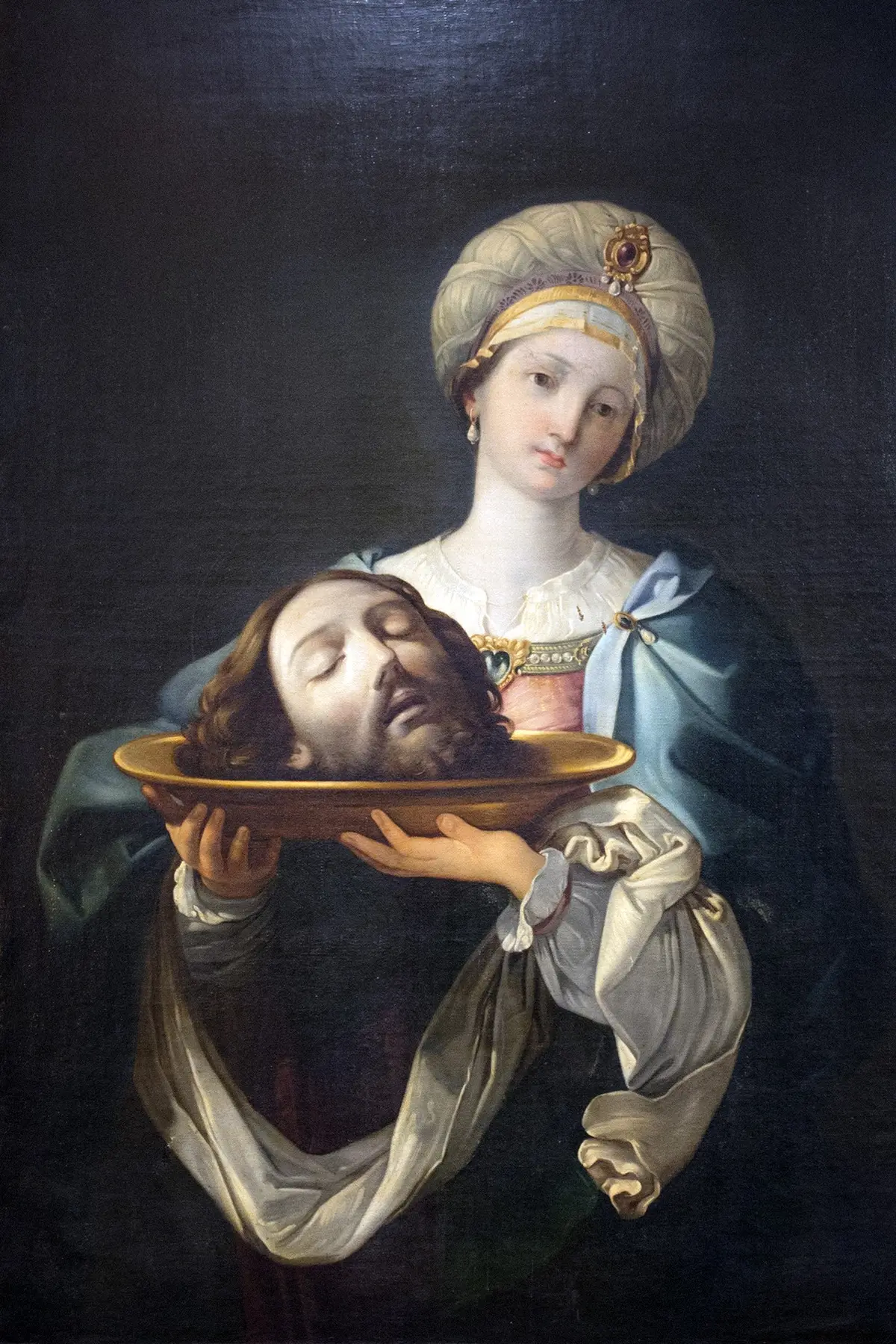Norman Crypt and Domus Ducis
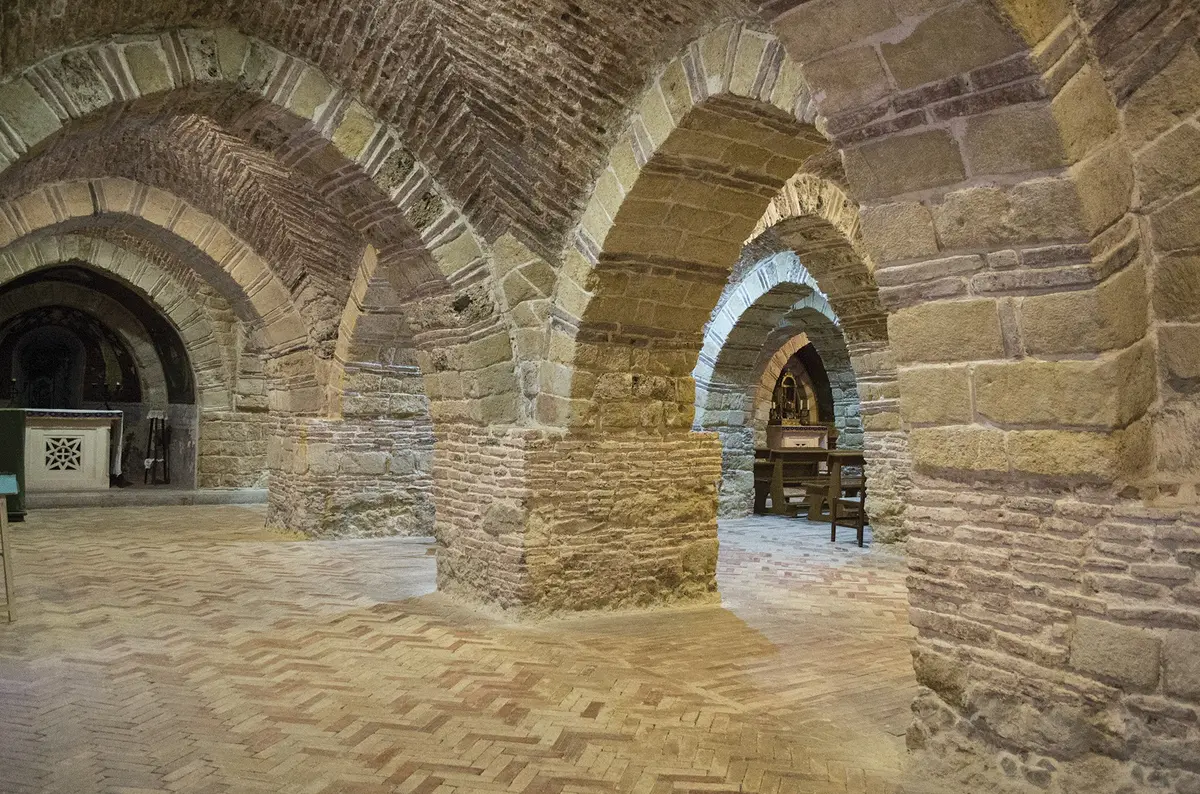
Place of worship
For centuries it remained concealed from mankind, only to be rediscovered during reconstruction works on the Cathedral which collapsed in the 30s. It constitutes a veritable step back in time and history for visitors. This architectonic jewel was erected in around 1080, at the height of Duke Robert's power.
The Crypt is characterised by construction techniques from different cultures and was perhaps originally a tomb for Norman noblemen. Today it is the burial site of Bishops from the town and offers a new articulation of space and light: the stern architectonic layout and colour alternation of stone and brick fulfil and anticipate the cultural and artistic synthesis which was to forge the new language of Norman Architecture. The sheer splendour of its magnificent stone arches and unique herringbone terracotta vaults, convey the powerful shadow of Guiscard, a presence which is reinforced by the close continuity of Domus Ducis (today the Bishop's Palace), originally the fortress and home in which Duke Robert took up residence with his first wife, Alberada of Buonalbergo. They had a son, Bohemond (the Norman's first-born son and conqueror of Antioch during the First Crusade), who was also named Mark, in honour of the Holy Evangelist.

